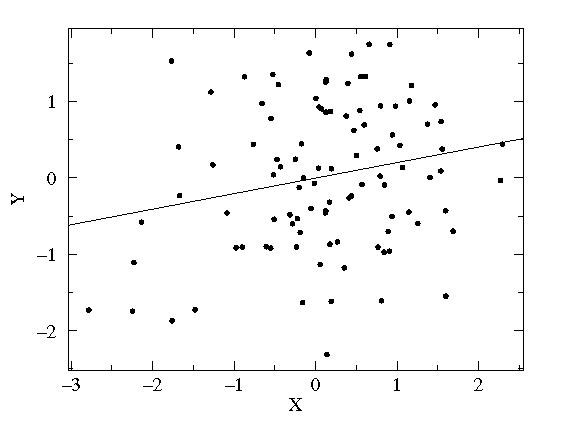
How to use
Core Competencies
to shape Organizational Culture
Values-based core competencies translate culture into observable behaviours you can assess and coach. This guide shows when to use core competencies (in performance reviews), how they differ from role capabilities, how to build a custom set that fits your organisation, and how to measure them fairly.
Why core competencies shape culture
Organisational culture—“how we do things here”—drives effectiveness and efficiency. You can actively shape it by defining a small, memorable set of values-based behaviours and making them visible in performance conversations, feedback, and development plans.
Proprietary vs custom libraries (what to choose)
Many vendors sell generic libraries that mix traits (e.g., “intellectual ability”) with behaviours. Traits/ability are useful for selection, but less useful in performance management. Evidence linking generic behaviours/traits to job results is typically very poor – correlated around r=.2 which explains only 4% of variance – see the scatter plot for this degree of correlation – it is close to random. Relevance matters.
Recommendation: build a set of custom core competencies that uses research as a basis, but is written in your language and aligned to your context.
The I/O Psychology literature gives insight into behaviours most likely to be linked with better performance. There are five areas termed Citizenship Behaviours in the I/O Psychology literature. They include conscientiousness, altruism and peacekeeping, courtesy, civic spirit and sportsmanship. For more details see What is a Core Competency?
Pros of a custom library
- Resonates with your people; easier to coach
- Clearer examples and evidence standards
- Lower risk of vague, “one-size-fits-none” wording

Five steps to develop a custom core set
1) Identify imperatives
Consult leaders and employees. What behaviours truly drive success and reduce risk here?

Pick 3–5 core areas (e.g., Teamwork, Conscientiousness, Service, Supporting the Organisation, Business Acumen). Values based behaviours don’t need proficiency levels items – keep it simple – everyone is expected to show them.
3) Define behaviours
For each area, write 3–5 observable behaviours using the formula: Verb + context + standard.
Example (Teamwork): “Actively participates in team meetings; providing constructive suggestions and feedback”

- Use agreement or frequency scales for values behaviours.
- 7-point scales separate performance better than 5-point (people avoid extremes).
- Ensure anchors don’t overlap; keep wording specific and neutral.
Optionally include a few “avoid” behaviours (counter-productive) to focus attention in assessments.
5) Validate
Test with a cross-section of roles. Check: clarity, relevance, and rater consistency. Capture author, date, publication status, keep prior versions for data integrity – hide in library to prevent bloat.
When and how to measure
- Include core behaviours in performance reviews (self + manager).
- Encourage ongoing notes and examples through the year.
- Use 360 feedback as a developmental exercise (anonymous) for richer input; don’t tie it directly to pay decisions.
Values vs core competencies (place each correctly)
Values-based core (citizenship behaviours like Empathy, Teamwork, Integrity) → live in performance management; no proficiency levels; assessed with examples and feedback.
Core competencies (Analytical Thinking, Systems Thinking, Digital/AI fluency) → live in competency development. They may have proficiency levels according to increasing task scope, independence, risk, and complexity. Assessments include evidence.
Avoid duplication and confusion by keeping values based behaviours and core competencies separate.
Practical examples
Teamwork — Helping and supporting others, communicating well, working collaboratively, sharing information,
passing on knowledge and skills, being courteous
Conscientiousness — Applying oneself to complete tasks and achieve goals within time frames and with excellence.
Taking initiative, continuing to develop own knowledge and skills
Service — Meeting the needs and expectations of customers internal and external
Supporting the Organisation — Promoting the organisation and its values, complying with policies and procedures, speaking up and suggesting improvements
Business Acumen — Understands purpose, environment, process flow, and cost/benefit impacts.
Tips for reliable assessments
- One behavior per line; avoid subjective adjectives (“excellent”).
- Require at least one example for any high/low rating.
- Valid across teams (agree on what “meets expectations” looks like).

